Media | Articles
Car Storage Part 3: Sh**box Heaven in an Empty Foundry
Back in 1920, an enterprising man out of Statesville, North Carolina named C.H. Turner started a foundry. Being a smart guy in an agrarian place, he punched out a lot of farm implements and milling equipment using a constant supply of scrap metal made available via a rail easement. After World War II, Turner’s foundry focused on making Jeep-ready implements for the budget-conscious farmer. Production later shifted to castings to support the textile industry. And finally, in 2024, some idiot punk started parking strange cars in the foundry, with the adjacent idea of turning it into a clubhouse for his friends.

Hi, I’m the idiot. It’s me.
As you may recall, the derelict sock factory that I rent was starting to become somewhat of a headache. I’d put in a ton of work cleaning it up with the hopes it could serve as a suitable storage unit for my many weird cars, but the deeper I got into it, a few things became obvious:
- It would never be mine.
- There was no solid wood in the entire structure.
- The wood floor construction limited vehicle parking significantly.
- It was and always will be a neighborhood hangout for truant teenagers.
My eye was wandering.
While out on a neighborhood stroll, it wandered to a sign in front of the old foundry. My heart started racing like I had, I dunno, just seen an ad for a Lada on eBay Kleinanzeigen or something. I called the agency listed on the ostentatious yellow For Sale sign, fully prepared to hear a completely unobtainable figure. The voice on the other end of the line quoted a price more appropriate for a small bungalow on the shabby side of town. I repeated the number back to her, for clarification. She echoed it back to me, clear as day. Wow.
Marketplace
Buy and sell classics with confidence
I looked over at my wife and mouthed the confusingly reasonable sum.
“This is all you,” she said, tugging at the dog.
The TI-83 graphing calculator in my head started summing up the foundry’s indoor and outdoor spaces, and what they could potentially rent for. How cool it would be to have a space where my friends and I could store prospective car projects and work on things in an automotive commune of sorts? This really could work!
While scouting the place out a little more, I noticed that the door of the depression-era brick auto shop across the street was open. I poked my head in. A guy named John came out from behind an old Land Rover Defender 90 and introduced himself.
Good vibes around here, I thought to myself.
John explained all of the recent happenings at the foundry over the past several years, some of them downright odd: inconsistent business flow, pink-painted window frames, and a “Free Hugs” sign zip-tied to the chain link fence. Eventually, the former renters had to be evicted with help from the Sherriff’s Department. The body shop inside the structure ceased to exist. It had since sat empty.
John, a native of Columbia, South Carolina, had been working at his auto shop for 25 years. He and his dog showed us around his various projects. I didn’t really want to waste any more of his valuable wrenching time, so before long we bid adieu and agreed that it would be nice to be neighbors. This, even though he seemed a little confounded about my dreams for the place.
Encouraged by our exchange, I called back the agency and set up a showing ASAP: the next day at 4:00 p.m. The tour started with a walkaround. The facility consists of three-quarters of an acre with a sprawling complex of several conjoined structures. A quick visual inspection showed a new roof and three new roll-up doors. And what’s that out back? Oh yes, a train stop! Back in the foundry days, this place was—and still is—connected to the local scrap yard by rail. Talk about convenience! The rail spur behind the shop floor features an elevated loading platform and a dedicated diversion for the factory. The days of me loading up a hulk and hollering “incoming!” in the direction of the scrap yard are probably far off, but the listing agent encouraged a call to the rail company, Norfolk Southern.
Facing the street is a 1500-square-foot garage area with big casement windows to let in natural light. When the listing agent slid the roller door up, I felt it: this was sh**tbox car heaven.
Well, not yet. A complete furniture set apparently from the lobby of a La Quinta hotel was lining one wall, while dog cages, trash, and a filthy stereo system occupied the rest of the space. On the plus side, the natural light was beautiful, and a wood stove in the corner was sure to work fine. Cozy morning wrenching did not seem far off. Dumpster first, dreams later.
The “garage room” feeds into the main shop floor of the foundry, all 12,000 square feet of it. With some of the panes having been shot out by local vandals, water had pooled in some areas following five inches of recent winter rain. It’s also possible that the open chimney of the smelter was funneling water in. (Bargaining point noted.) On the other hand, a pair of old Chevrolet trucks and heaps of old equipment and tools left in the facility could provide several weekends of quality entertainment. We followed a wobbly staircase up to a relatively nice loft, complete with empty water bottles and broken grow lights. It started to make sense why power had been physically cut to the property and the cops got involved.
Upon analysis of the facts at hand, it was clear to me: It was perfect!
Still, aiming to keep a cool head, I took the weekend to really think it over and crunch numbers. Given the age of the structure, many potential hurdles came to mind: financing, contingencies, inspections, incorporation, environmental baggage, insurance, security, maintenance… it was enough that my sleep suffered tosses and turns. In the morning, my engineering brain pleaded that I create a spreadsheet. Once the numbers made sense, I stopped by a nearby bank; locals were fond of the structure, and the people I met with were more than happy to loan on the property, provided a few conditions were met. (Most of these were already on my list).
I’ll spare you the gory details about weeks of environmental research, report writing, appraisals, and insurance quotes. Suffice to say, it all worked out. As of writing, we’re under contract, and by the time you read this, we’ll be just about closed, provided nothing goes sideways.
As soon as I e-signed the paperwork, I let loose in the group text chat with my car friends. Moments later, someone had volunteered up a Webb 2S mill (a Taiwanese Bridgeport copy) for donation. Many cohorts expressed interest in renting space in exchange for money, help, or both. Soon, my Holden, Studebaker, pair of Citroën Amis, Hobby 600 spaceman/motorhome, Moskvich, and whatever else I end up with will soon have a home. They’ll all soon have roommates, too. My foundry/car commune is imminent!
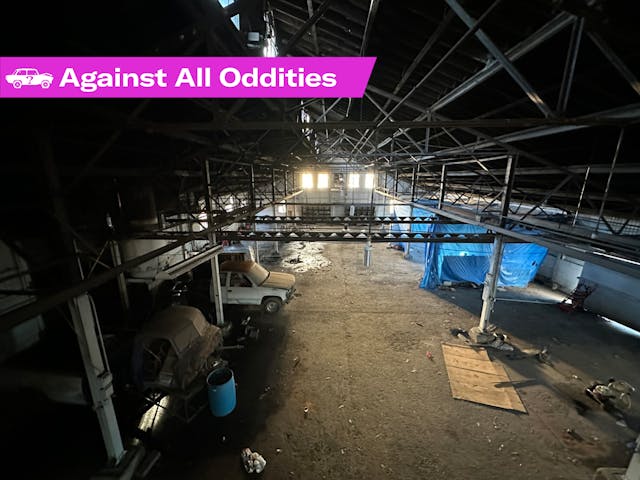

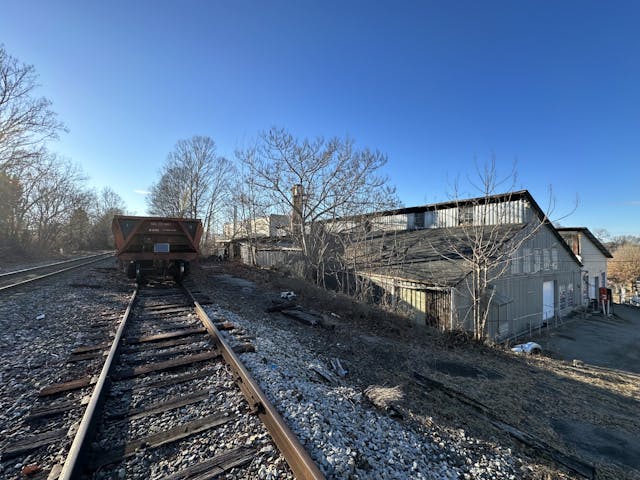
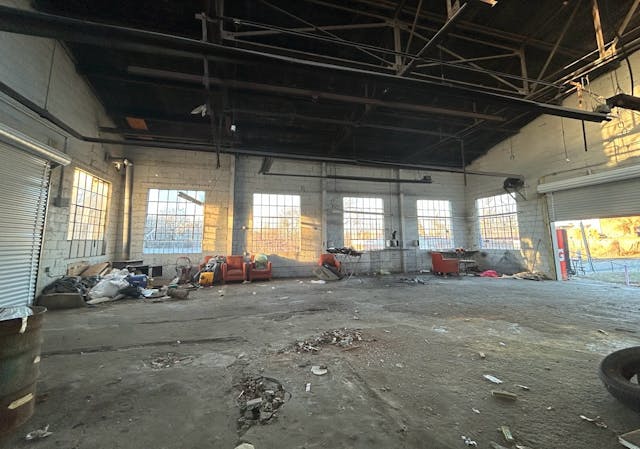
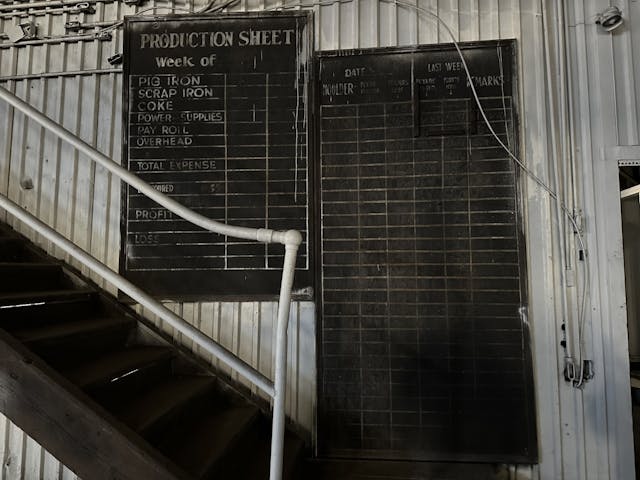
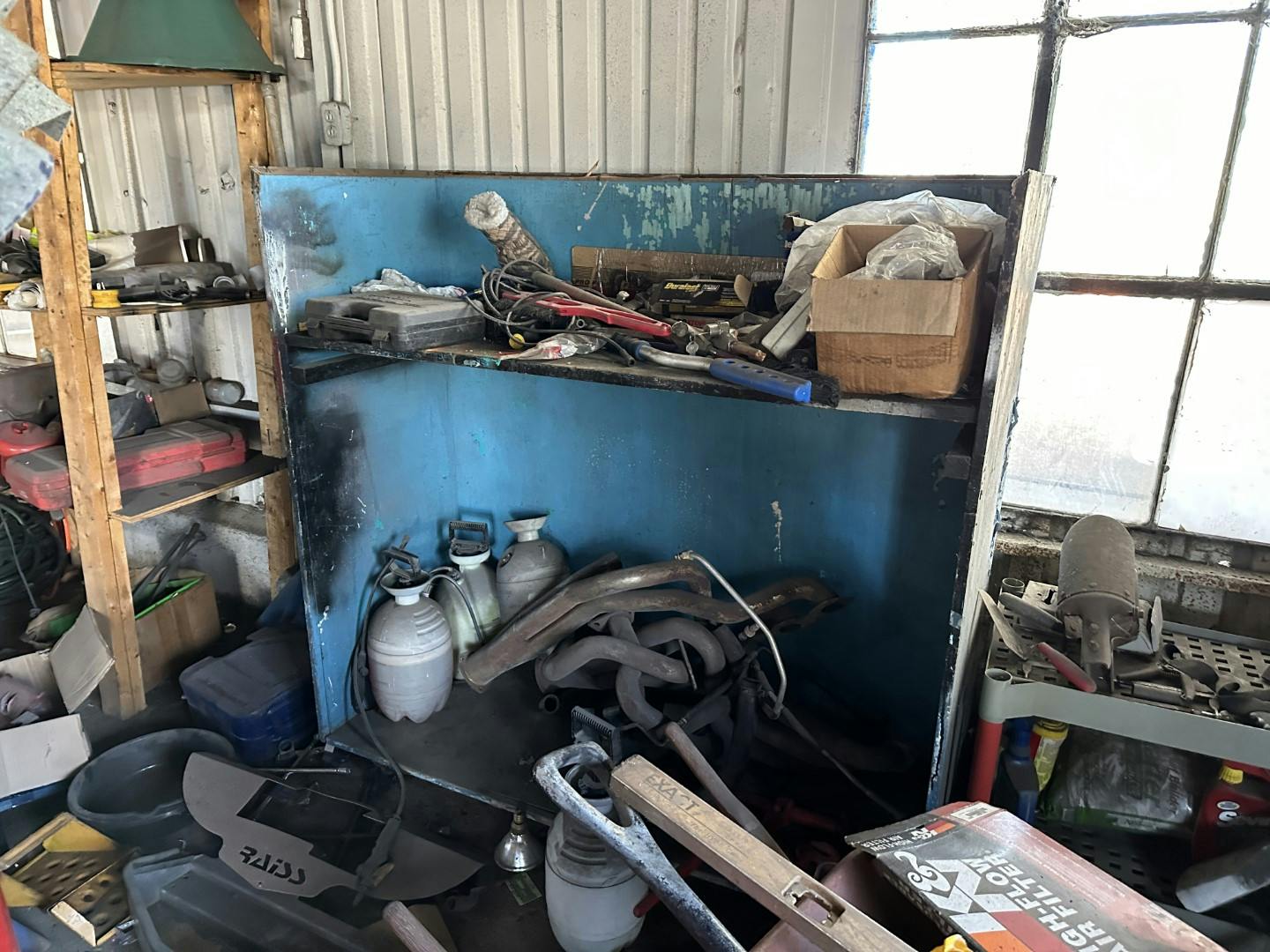
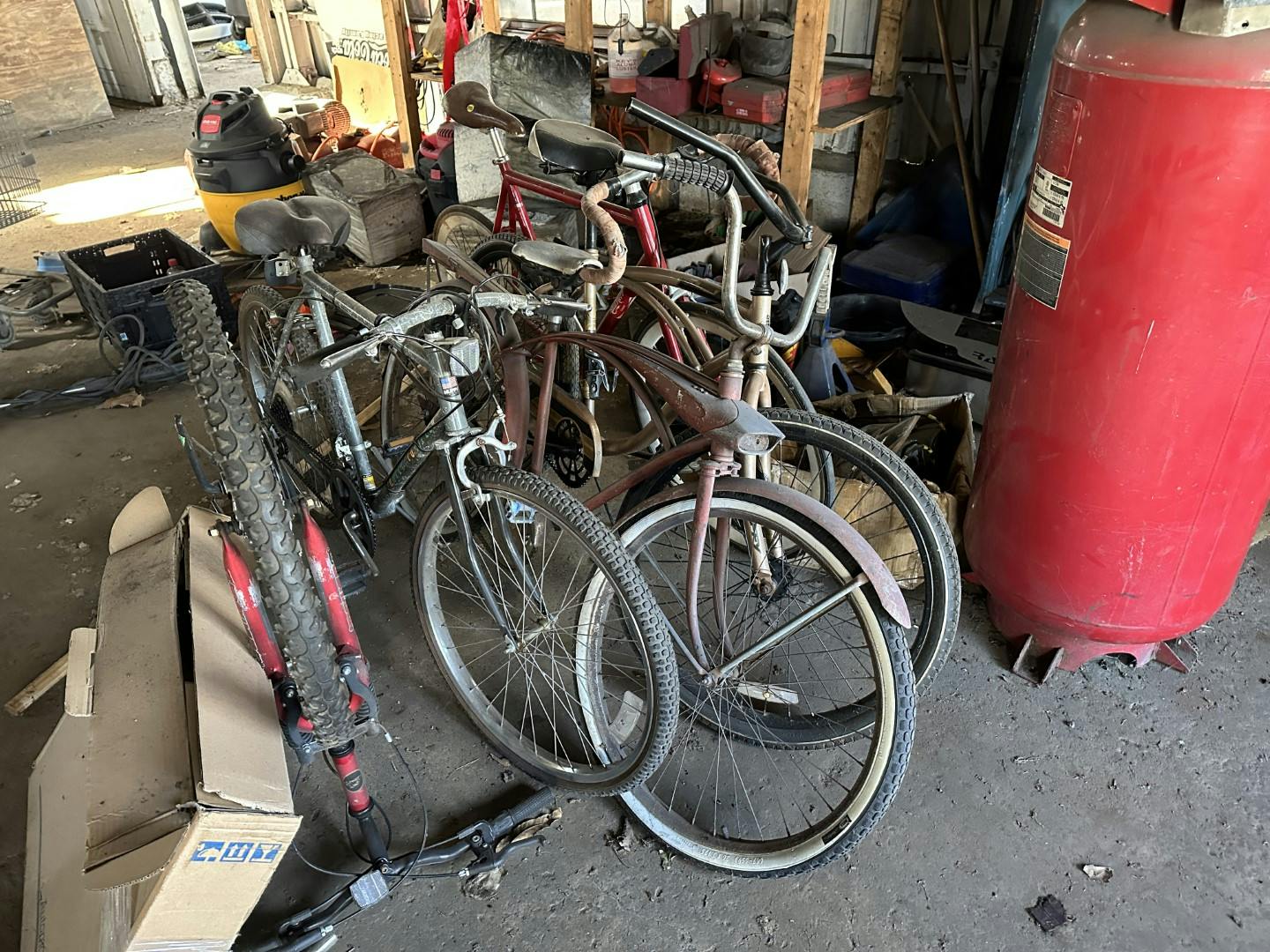
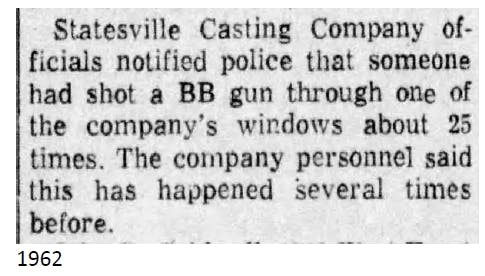
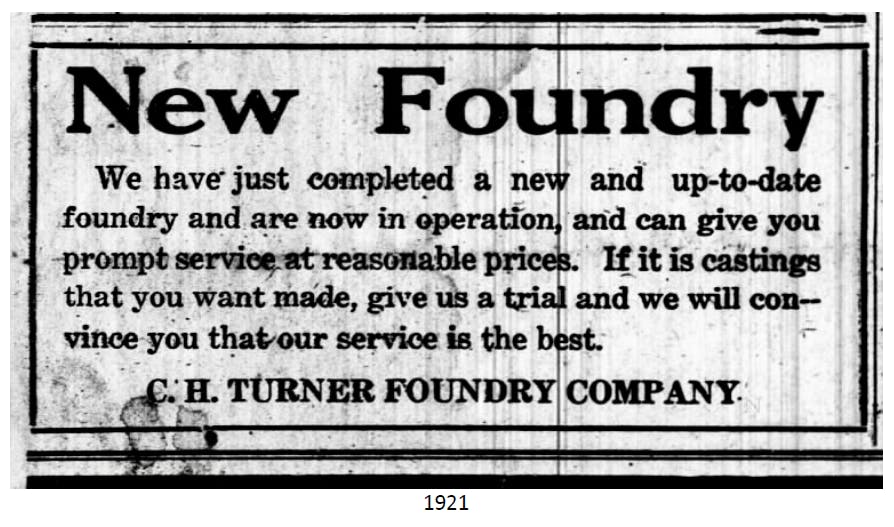
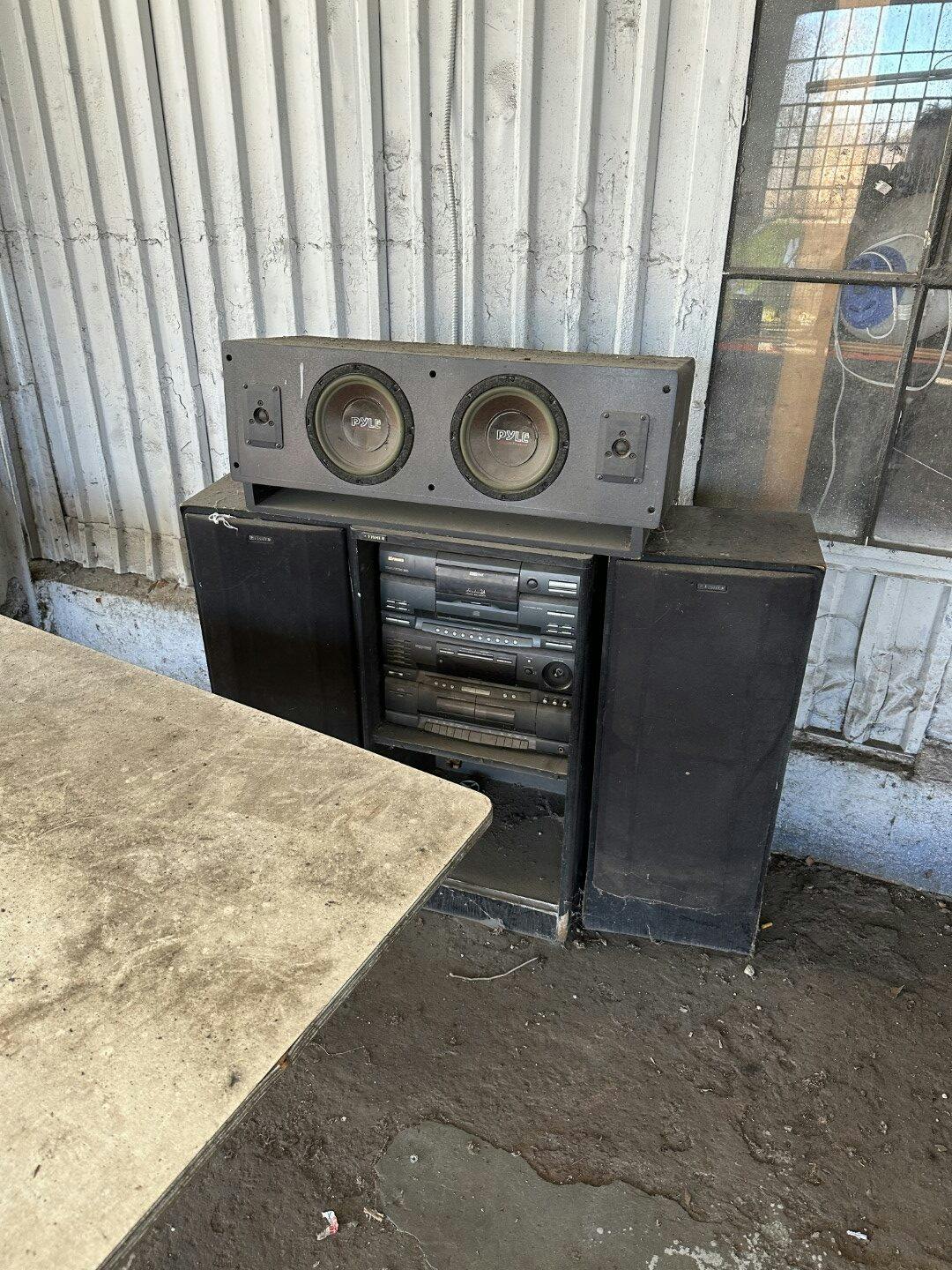
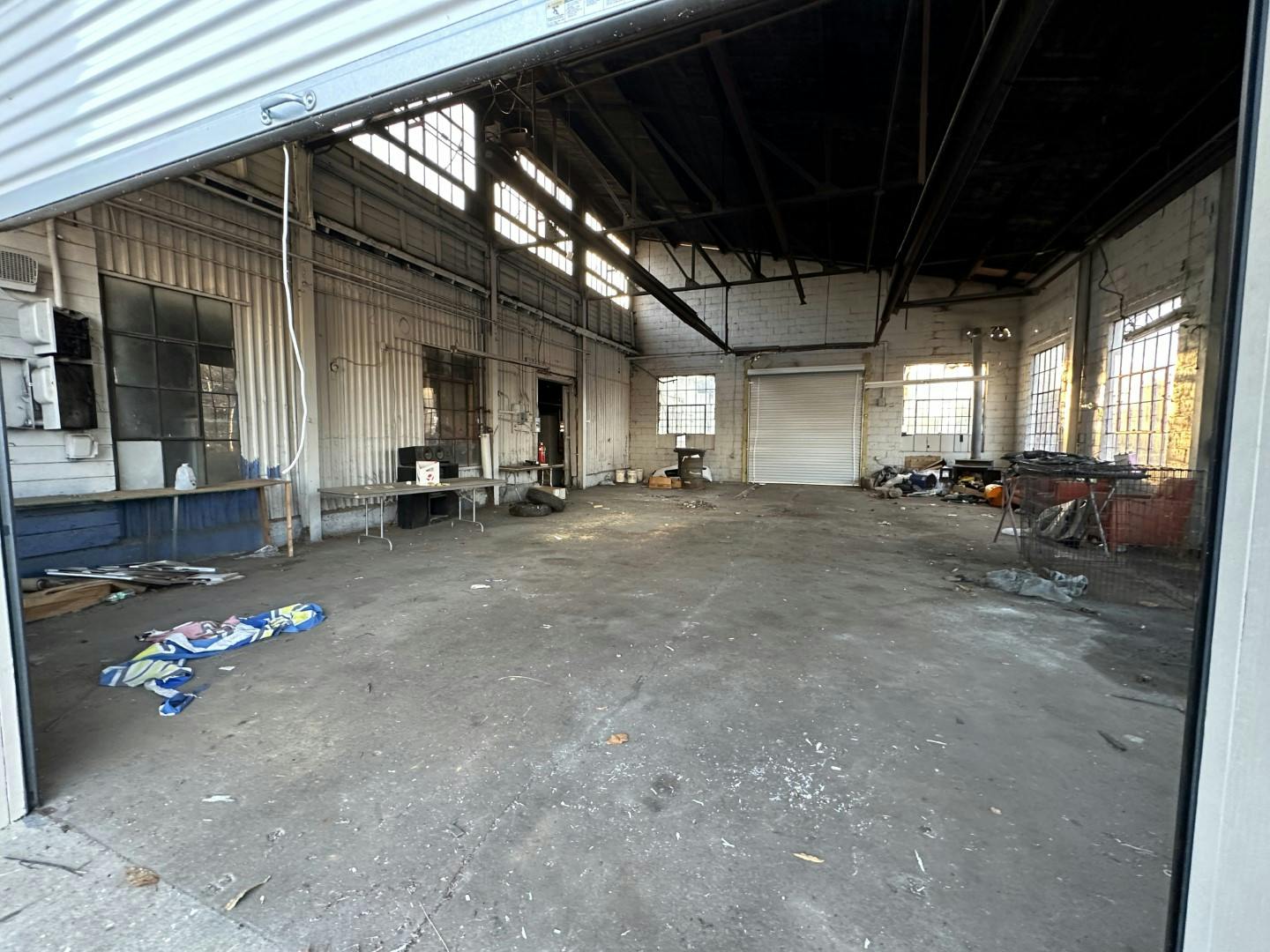
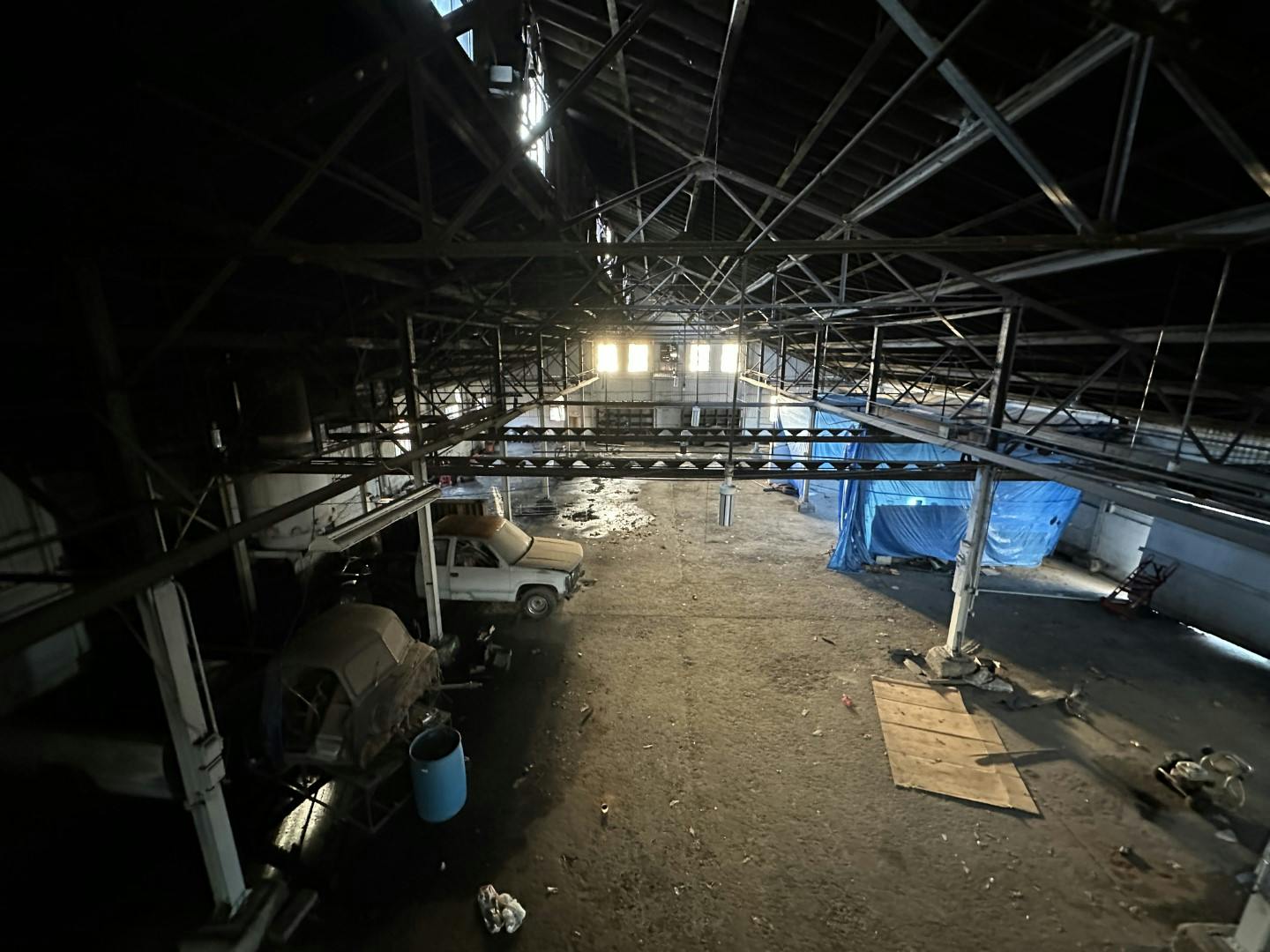

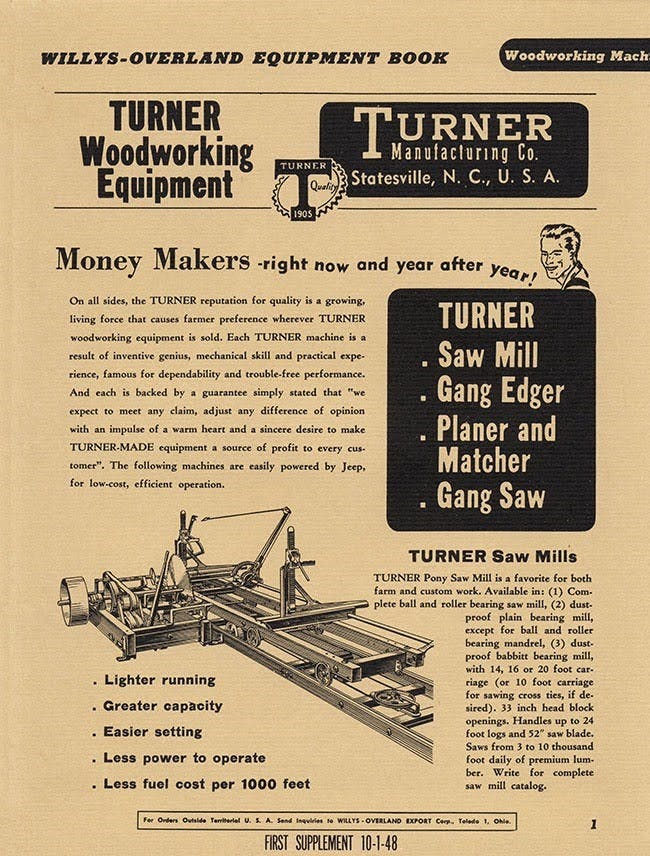
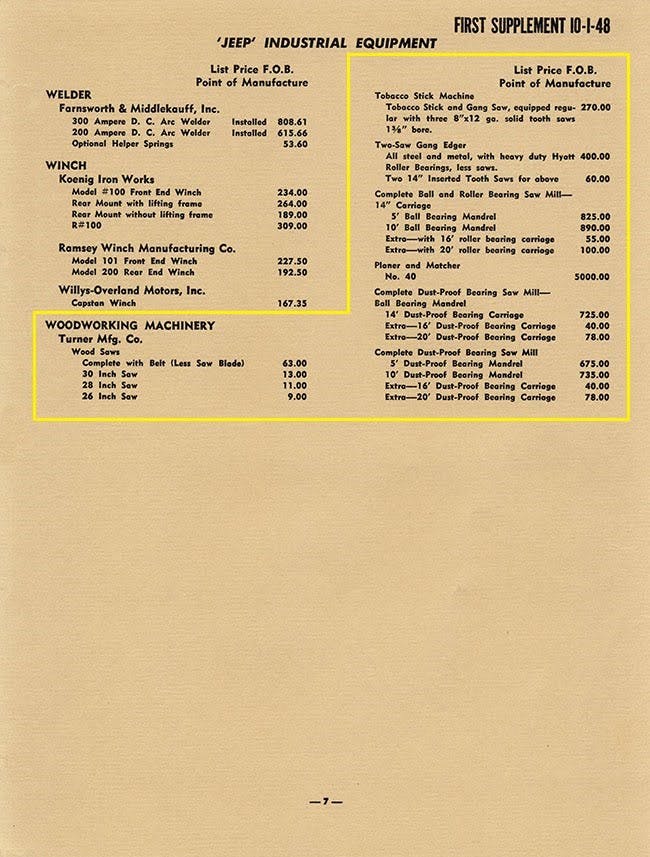
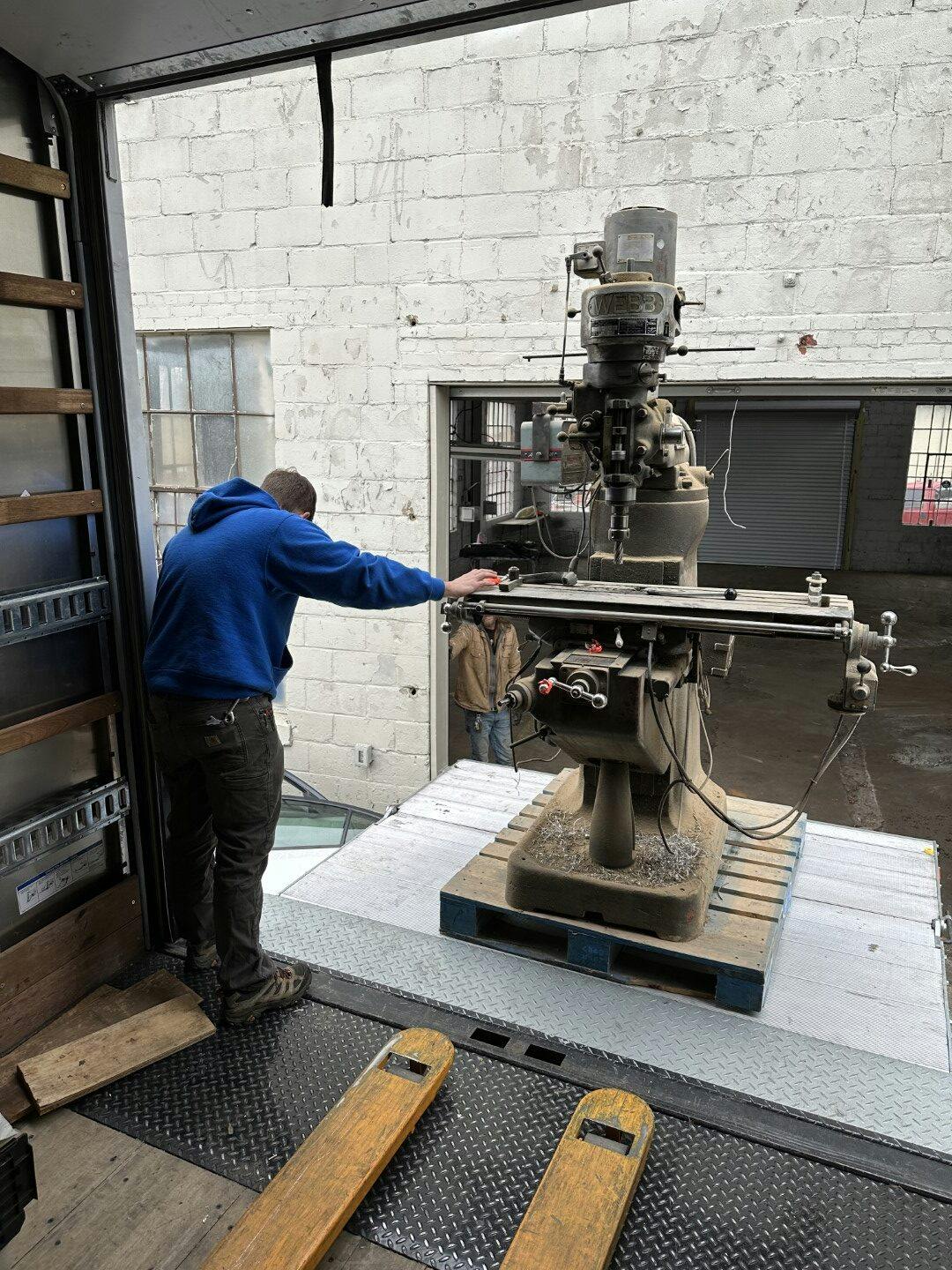
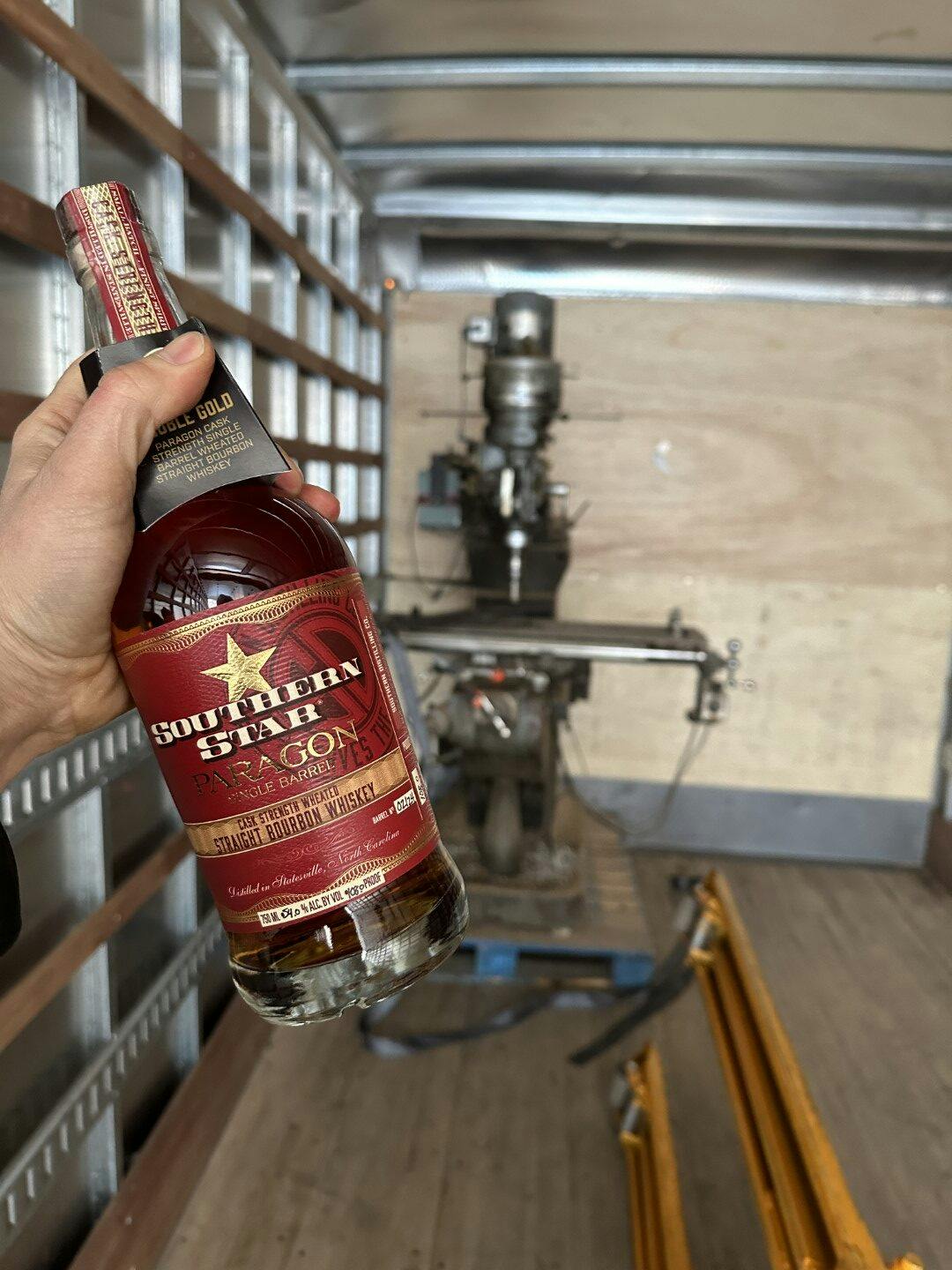
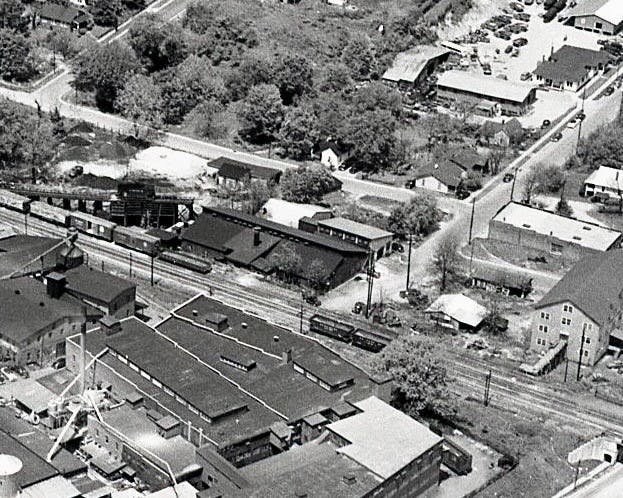
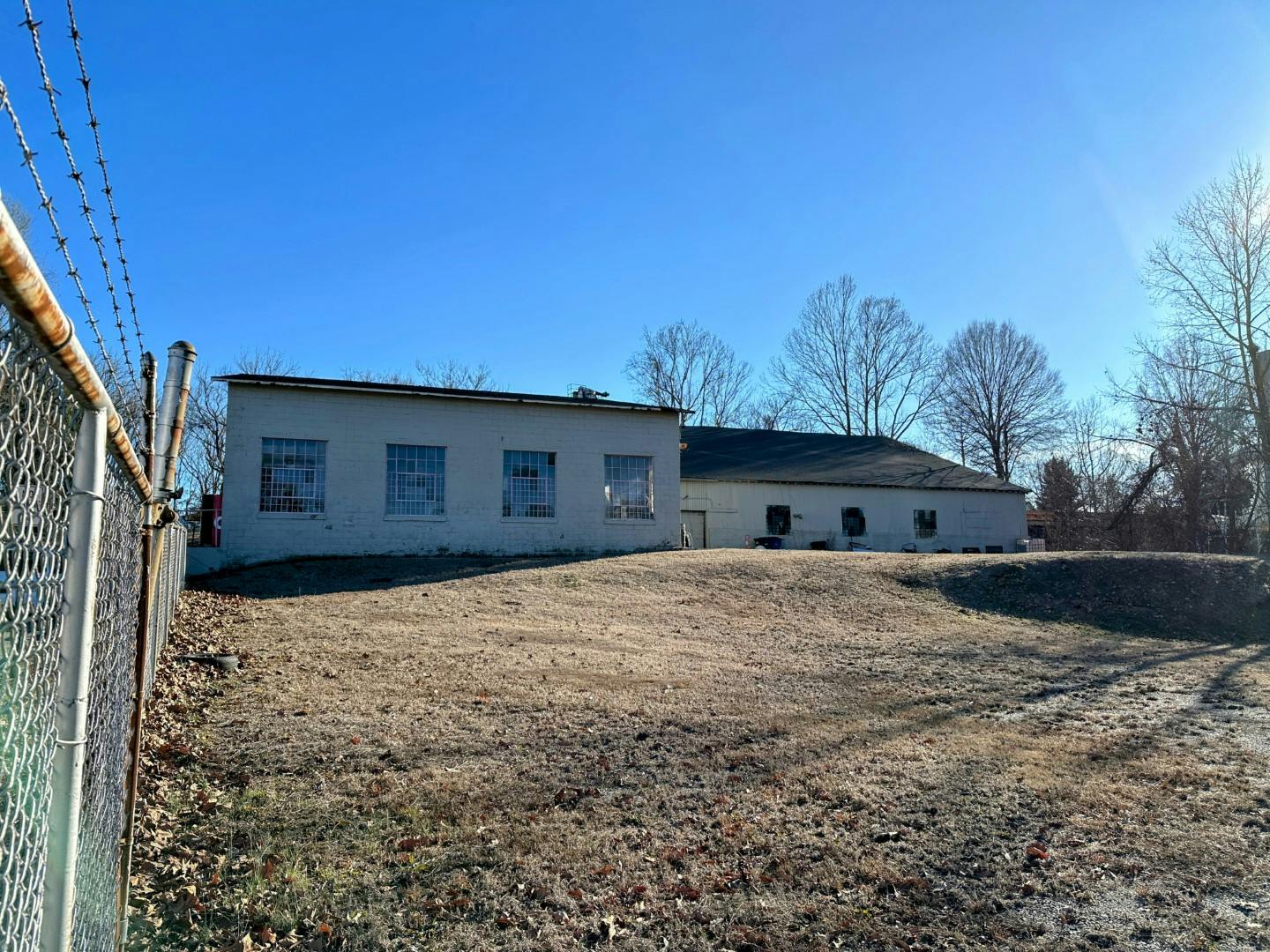

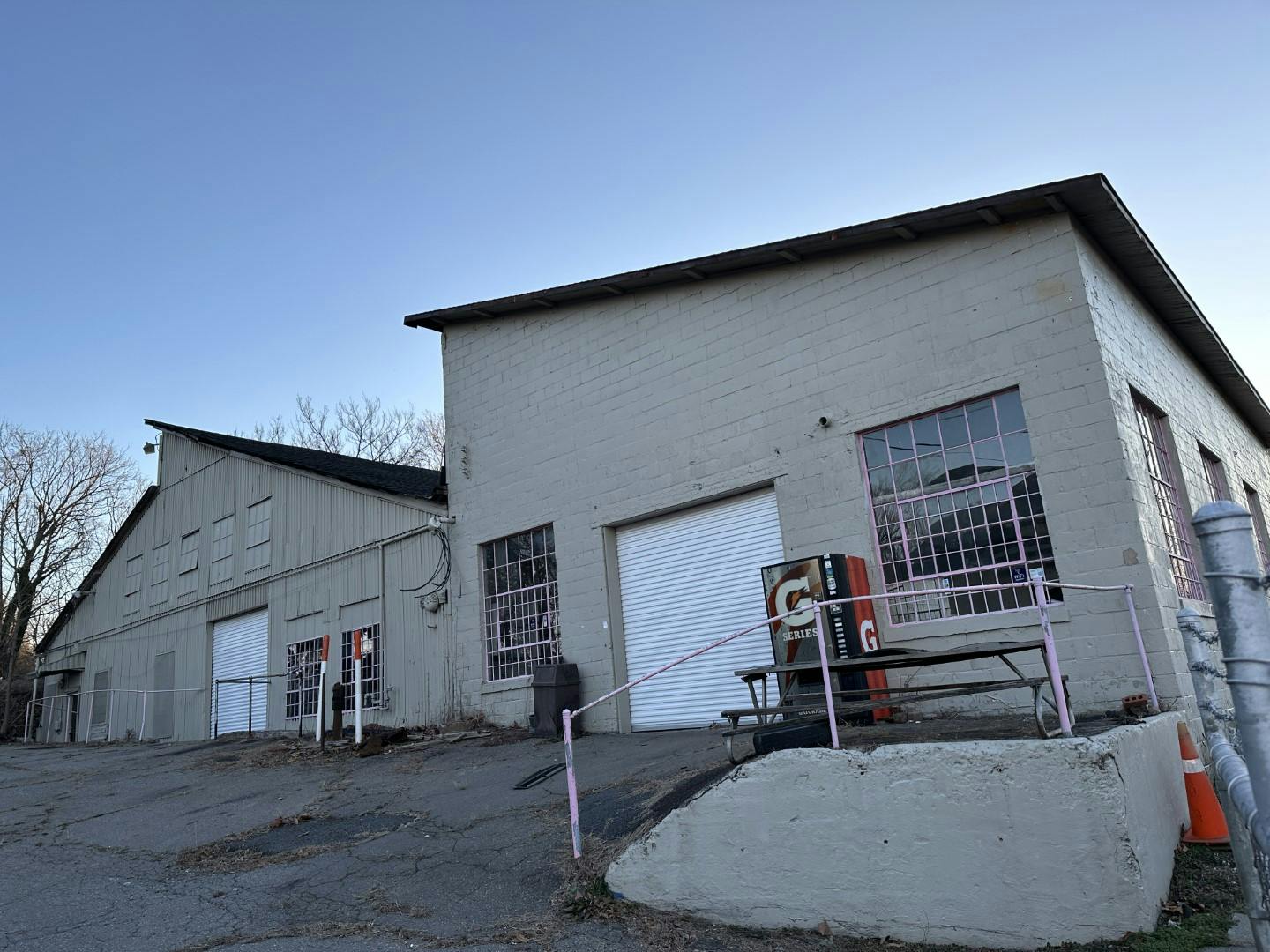

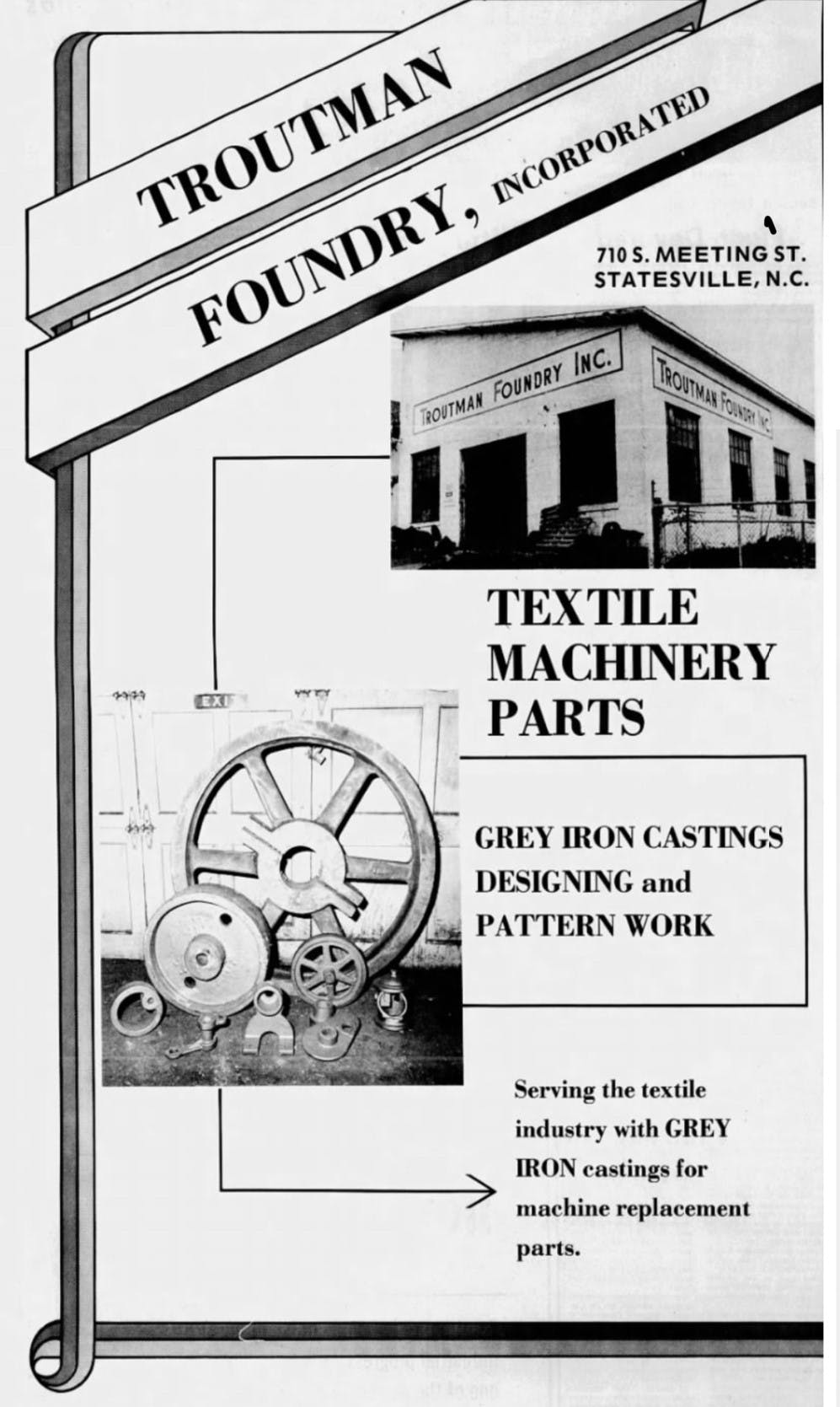
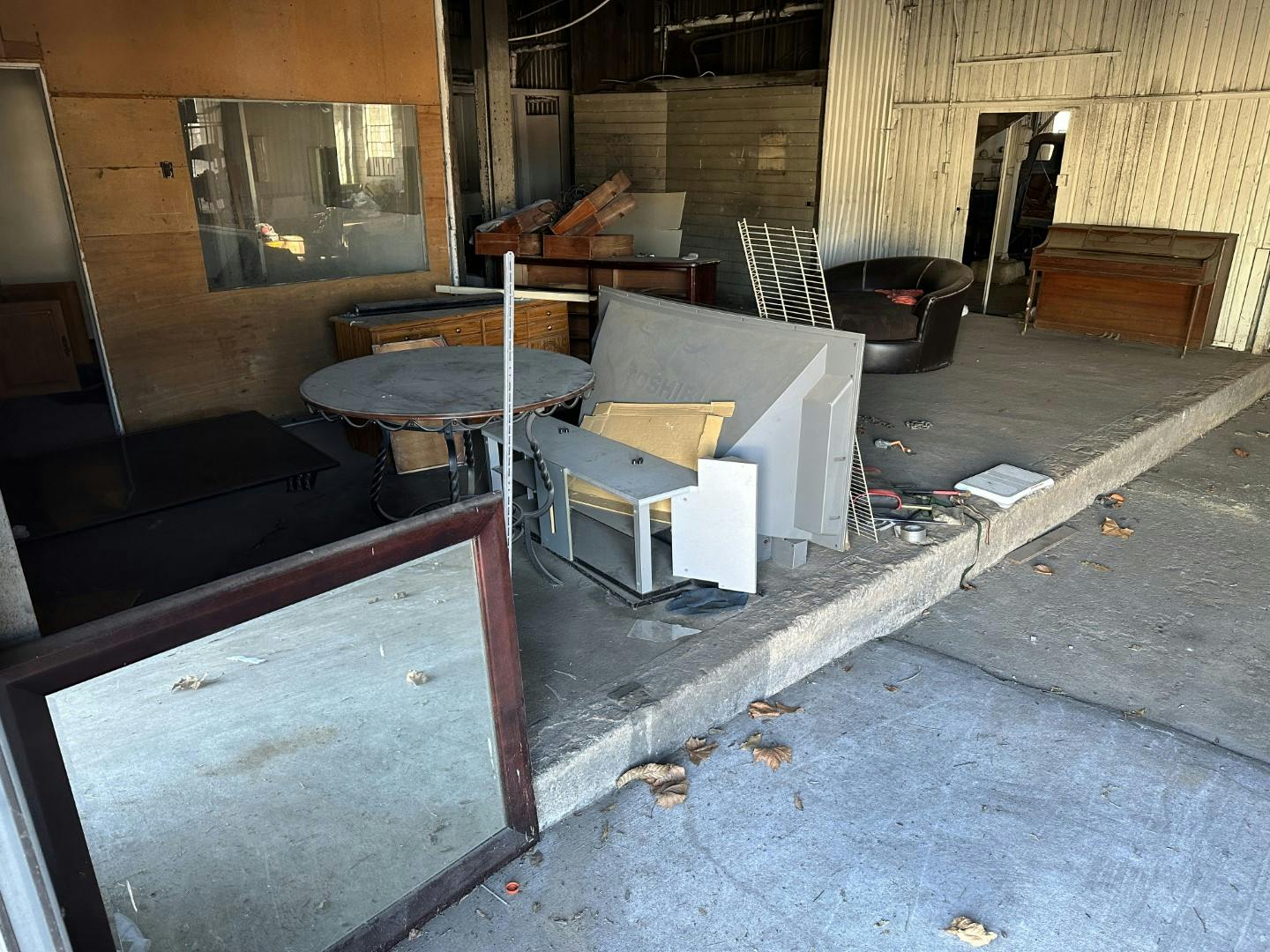
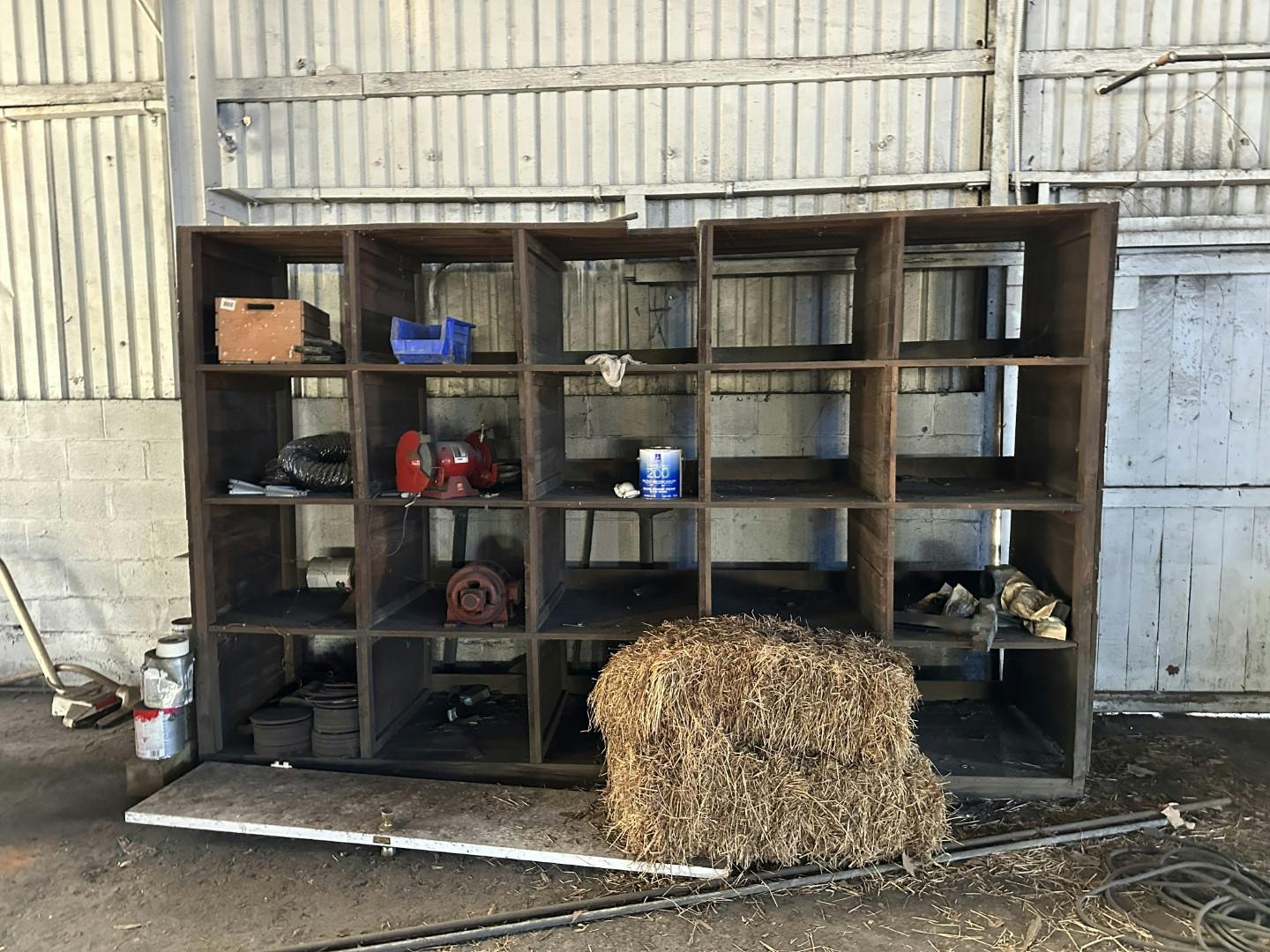

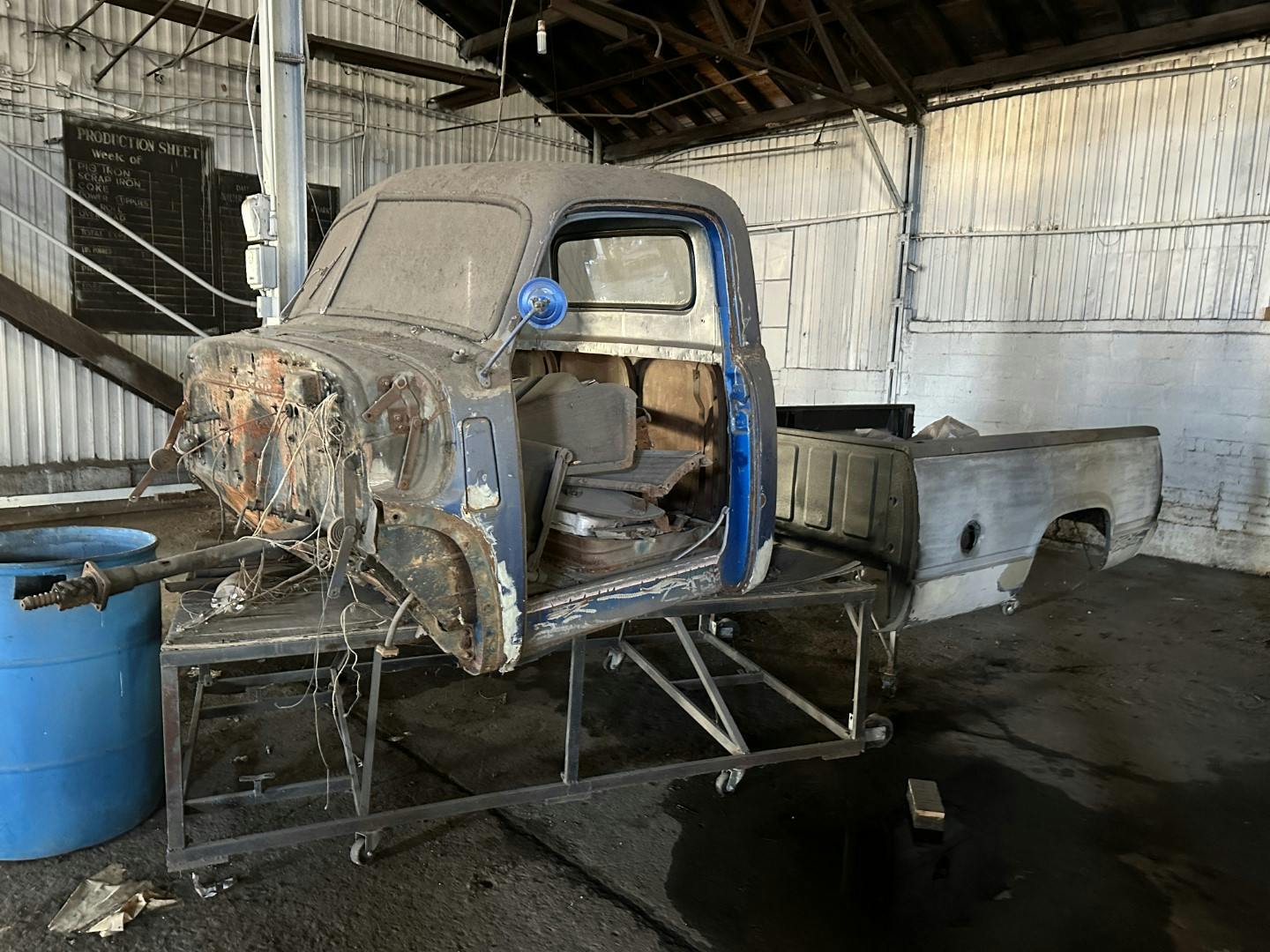

























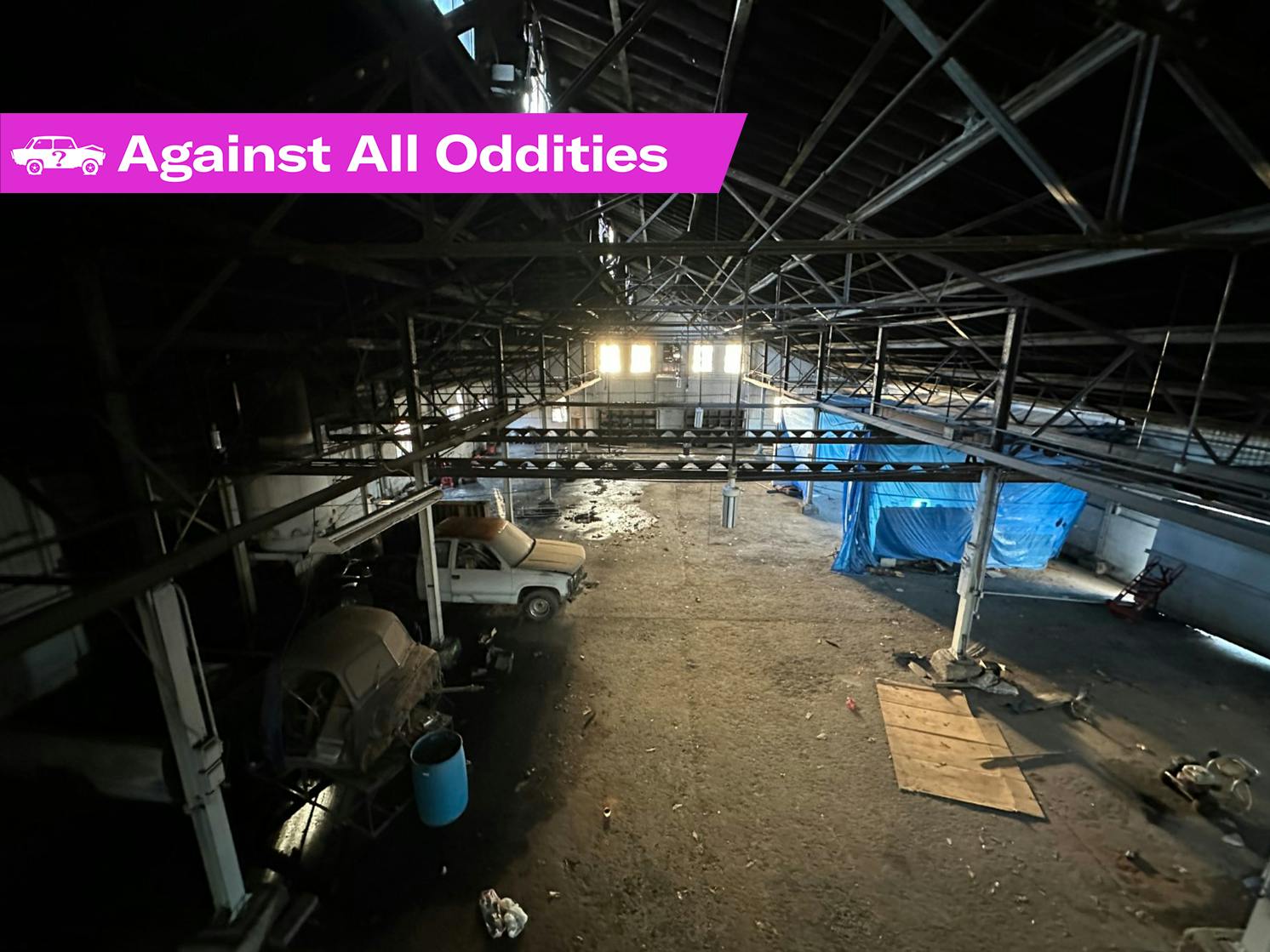
Congratulations…. It’s yours and you can now know your exotic collection has a permanent home…. But first a lot of cleaning up to do, hope you set something aside to hire an electrical contractor to get it wired for equipment and most importantly lights and security. Oh and don’t forget to borrow a brush hog and clear that hill side next to the rail sidings to prevent vandalism. Be sure to contact The Hack Mechanic as he always needs additional storage for the basket cases he drags in 😆😆
All good advice! We have a contingency in place that all electrical is getting redone to code. Inspection is next week.
Sounds like a nice place. However, one caveat.
Wood stoves and cars don’t mix. Gasoline fumes are heavier than air, and accumulate near the floor. That’s why building codes (in Michigan) require hanging furnaces, 4 feet or more off the floor.
Great advice, thank you! I do have two large gas hanging heaters and will plan to install them.
Nice building but you will need to make security a #1 priority.
I have worked in similar areas and buildings like this are easy targets. Windows are massive problems for keeping folks out.
Alarms with lasers can be effective if anyone gets in with a loud alarm.
Car parts, tools even complete cars will be at risk. This time not just kids but meth attics, crazy homeless and a number of nefarious folks common to these areas.
We used lasers and even if they get in the alarm makes them leave fast enough we could get blood samples and finger prints on the broken glass.
Bricking up windows and better doors help. Fence with barbed wire too.
If you think that wood stove is going to adequately heat that space, you’re in for a surprise. You are probably going to be in for a surprise on how much wood that thing will consume heating that space poorly. I would recommend thinking in the direction of some sort of a drop ceiling and some more modern form of heat
used motor oil burner?
My buddy has one of them. He has high roofs but not nearly as much space, and he goes through north of 250 gallons a season. Used motor oil is easy to find until you need a LOT of it
I’m in North Carolina so minimal heat isn’t a showstopper for getting things done in the short term. But for sure the long term goal is elevated gas heaters!
Security bars on all openings. If you put the bars on the inside of the building you can just lag them into the block walls with sleeve anchors (if you do that outside you need to drop a bead of weld on the nuts). On the inside impedes your own access to opening windows, but most of that glass looks fixed in place.
Doing the facade up to suit the old pictures including the “Troutman Foundry Inc.” signage would make it a photo op for the locals and likely win you some fans.
Not sure what climate you are dealing with, but where I live winters are cold. I know several people that framed in the heated 1-bay workshop inside larger pole barns. Everything is secure and under a roof, but only that prime work space is fully heated & cooled.
If the original factory windows are in good shape… they might sell as salvage reasonably well. If you fill in the bottom 2/3 of the windows with framing and insulation and fill the exterior side with black metal (to contrast the original silver finish?) they will still look like window openings on the outside. Then just do high windows across the top of the opening. This is less security bars, a decent amount of natural light, while gaining useful-height wall surface on the inside of the shop. It also stops people gawking in.
Congrats, it’s an exciting space!
Great idea on the interior iron bars. I’m aiming to keep the building historically accurate so the windows are staying.
Agreed on the signage! Winters here are mild so heat is not a top priority.
Wow, I’m sure I’m not alone in being happy for you (and more than just a little bit jealous)! Looking forward to future reports on progress and group activities with your buddies.
Want.
Hopefully seller is retaining the environmental liability. Otherwise you know why the price was low…
I’ve been through all of this with legal council and met with the county DEQ. We’re good!
Congrats! I don’t know where you are, but wish I could get my car stored there, sounds like it’s gonna be great.
Agree with all the above comments about security, safety etc……
But one more thing: Rodents! Rodents and stored cars don’t mix, we see the cars as projects and precious possessions, mice and rats see them as condominiums.
But please….don’t use poison! Our hobby already takes its toll on the environment, we don’t want to add death-by-poison to our furry little friends.
Wishing you the best!
Cats
TG – yup! Shop cats are also generally pretty good at visiting you while you are under a car, cussing up a storm because something won’t come loose, and letting you work off a little steam by scratching their ears. But don’t leave your ham sandwich half-eaten and open up on the bench. Trust me on these two points!
I did the same sort of thing (car storage) with an old dealership. I left the old windows in place and added glass block windows on the outside. This kept the outside light, added security and the space between the old windows and the glass block added another layer of insulation. A lowered insulated ceiling will do wonders for heating costs. Easy peasy…
Great suggestions, IMO!
I’m drooling at the possibilities for your new play space. And I’m extremely envious that you are getting this awesome spot. With luck (and time) you will continue to update us on the progress … and setbacks (of which there will be some) so we can come along with you on your journey. Much success.
Think about charging rent – perhaps a day’s work on the building for a month’s rent for space for a car. Having refurbished “a few” buildings like this, you’re in for a LOT of hard, dirty work. Let the people who are going to benefit from this help you along.
Have PLENTY of insurance and plenty of fire extinguishers. Don’t kid yourself, this is a major project. Talk to a smart insurance agent on coverage – including premises liability, fire, theft, garage keeper’s liability. I’d also think about putting it into an LLC so if someone does get hurt and sues, you aren’t personally liable. I’d also consider becoming a 501c3 so you can take donations and not have them considered income. You may want bylaws and a thorough hold-harmless agreement for your “guests” to sign.
When the height and the weight of the paperwork equals the height and the weight of the building, you’ll be ready to throw the doors open. Sounds like you’ll be running an “automobile commune”, count me in!
Read (understand, and follow) everything Exhausted Flyer wrote, at least 3 times. This is the best advice so far.
Great articles about this and the last shop. Yes, we all love to read about cars, that’s why we’re here, but this is a fascinating adventure you’re on. As someone asked above, please keep us updated with photos and stories, truly interesting.
This is all great advice. I set up as an LLC but a 501c may be a good idea in the future, especially if I do some youth outreach or something. Great call on the fire protection – the building is sprinkled but I’m going to go through the system to make sure it’s functional as well as get a number of fire extinguishers around. I investigated insurance before making the offer because I thought that might be a huge expense. Turned out I was able to insure for 700k replacement cost along with liability for less than $100 a month. I’m bound on the coverage already but plan to do a blanket as well. With all of the work I did on the environmental side to make sure I was free of liability, I totally agree with your statement about the mass of paperwork. At three stories tall now, I think I can move in. Thanks again for your thoughtful and helpful comment.
Oh, one more thing. I do have renters lined up including a local contractor who will pay his rent in restoration. It seems like we think a lot alike.
Some excellent ideas there EF!
This looks very cool. Bets of luck to you on your new project. Definitely do Security, cleanup, electrician, etc. as suggested here.
They may be your furry little friends but they are not mine! Get rid of them any way you can! But i like old fashioned snap traps or the bucket with the flip-top lid, my son got 7 in 1 night with that. Really cleaned them out!
A buddy of mine has a similar deal going – rental spaces separate from his area allow him to turn a monthly profit while he has space for wrenching and storage. He’s had no problems.
Maybe bargaining some storage or whatever could be a trade for a neighborhood watch arrangement.
Another way to prevent window damage would be a wire frame barrier, which still allows light; or check a local industrial/commercial salvage place for other materials.
Really cool place! Enjoy it is yours!!!